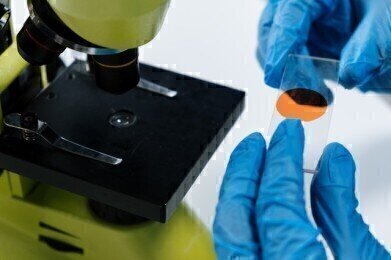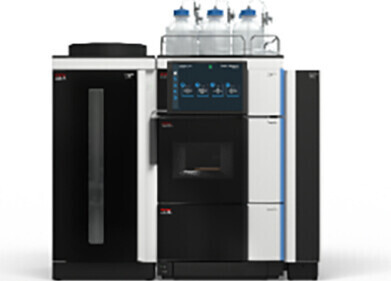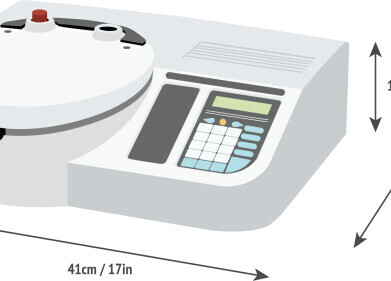Chromatography
How Are Proteins Characterised?
May 04 2021
Made up of one of more chains of amino acid residues, proteins are complex and multifaceted. These amino acid units bind to each other to form chains, which are known as proteins. They’re present in all living organisms and perform a variety of essential functions, including DNA replication, structural cell support, catalysing metabolic reactions, molecule transportation and stimuli response.
Characterisation offers scientists insight into the unique properties and functions of a protein. Detail can vary, ranging from mapping the primary sequence of amino acids to establishing higher order structure. Scientists rely on a variety of methods to characterise proteins, with some of the most common explored below:
Purifying proteins
Before characterising a protein, scientists must first isolate it from a sample. This is done using purification methods such as chromatography, which separate a protein of interest based on physical, chemical and electrical properties. Once the protein has been purified scientists can move on to the characterisation stage.
Electrophoresis is another effective laboratory technique used to purify protein molecules. Officially known as sodium dodecyl sulphate polyacrylamide gel electrophoresis (SDS-PAGE), it factors in variables such as electrical charge and size. It then uses an electric current to force molecules through a gel that acts as a sieve. Smaller molecules move faster than their larger counterparts, which allows researchers to separate by size.
Isolating proteins according to size, shape, viscosity and density can also be achieved using a centrifuge. The process is known as centrifugation and uses a purpose-built machine to spin a sample and use centrifugal force to isolate particles.
Amino acid analysis
Amino acid analysis (AAA) offers scientists a thorough characterisation of a protein using a quantitative determination approach. The technique is founded on ion exchange liquid chromatography and uses buffers to isolate different amino acids in a sample.
Ultraviolet (UV) spectrophotometers
Ultraviolet (UV) spectrophotometers can be used to measure the absorbency characteristics of a protein. These advanced instruments measure the intensity of light that passes through a sample and use data to quantify DNA/RNA.
Protein labelling technologies
Methods for characterising proteins are continually evolving, with HaloTag™ Interchangeable Labelling Technology one of the latest game changers. Designed to offer scientists rapid results, the method uses a luminescent signal.to deliver in-depth cell imaging and protein analysis.
As discussed above, characterising proteins calls for specialised laboratory equipment. Authors Carlo Dessy and Dr. Daniel Seeman explore the topic further in ‘Optimising DLS Measurements for Protein Characterisation.’
Digital Edition
Lab Asia Dec 2025
December 2025
Chromatography Articles- Cutting-edge sample preparation tools help laboratories to stay ahead of the curveMass Spectrometry & Spectroscopy Articles- Unlocking the complexity of metabolomics: Pushi...
View all digital editions
Events
Jan 21 2026 Tokyo, Japan
Jan 28 2026 Tokyo, Japan
Jan 29 2026 New Delhi, India
Feb 07 2026 Boston, MA, USA
Asia Pharma Expo/Asia Lab Expo
Feb 12 2026 Dhaka, Bangladesh



















